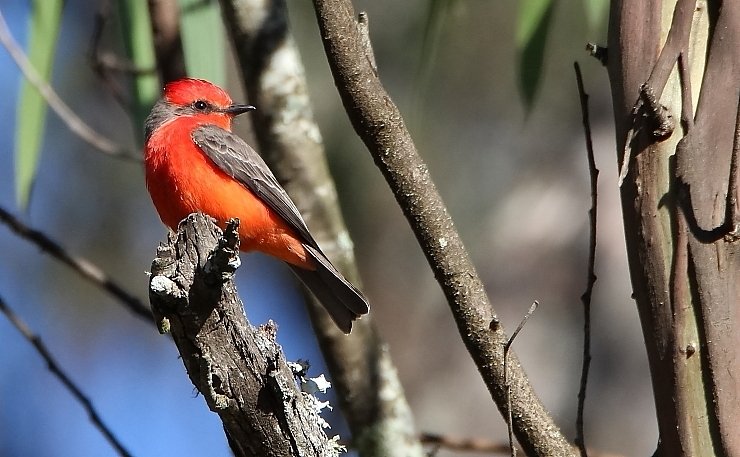
I went to the rural park of Kilómetro 23 last Monday, so-called because of its distance from downtown Morelia. It is not one of my favorite sites, but it is worth visiting a couple of times each year. Still, the outing did not produce any new species for the year, or enough good photos for a post here.
Instead, I have chosen to write about an idea I’ve had percolating for a while: to tell you what the most common species are down here. I often find myself discussing this subject with my birder friends in other regions of Mexico, when they excitedly comment on seeing a bird that I could see any day, anywhere — or vice versa. The same could happen with U.S. birders, to an even greater degree.
For the purposes of this discussion, I will not include species that would require a visit to wetlands or bodies of water. My goal is to answer the question “Which birds could I hope to see with minimal effort, should I visit the beautiful and historic UNESCO World Heritage City of Morelia?” (Yes, that was a shameless plug!)
First, I want to get the invasives out of the way: It is very easy to see House Sparrows and Rock Pigeons in urban areas. Cattle Egrets are very common outside of the most urbanized areas. Eurasian Collared Doves have rapidly colonized our cities and towns in the past 10 years. But, to my delight, Morelia does not yet have significant populations of European Starlings or Monk Parakeets! (I’m holding my breath.)
Two other common technically-invasive species are the Brown-headed Cowbird, originally a species dependent on the Great Plains’ bison, and the now-ubiquitous Great-tailed Grackle. An ornithology teacher told me that it was quite the thrill when the latter species turned up here for the first time, some 30 years ago. Now its R2D2 vocalizations are common everywhere.
But on to more pleasant things! I’ll take the most common native species in taxonomic order.
It is a very rare outing that does not include Inca Dove multiple sightings. I also see Inca Doves in my garden, every day of every year. In contrast, it is always a nice surprise for me to see Mourning Doves down here. They are residents, but not common ones.
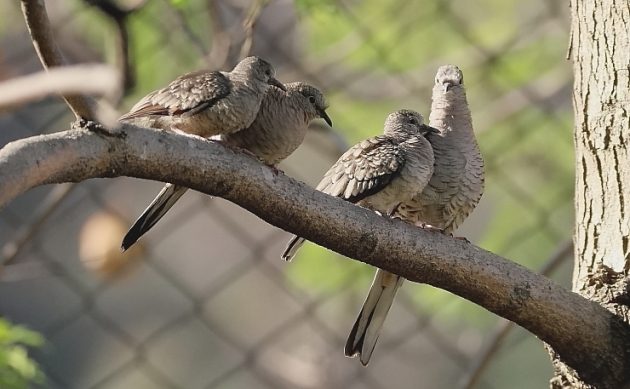
Inca Doves, in my garden
The Groove-billed Ani is an odd-looking member of the Cuckoo family. Its characteristic “pee-HOOey!” call can be heard in any brushy grasslands here. It is unusual to find one Ani, alone.
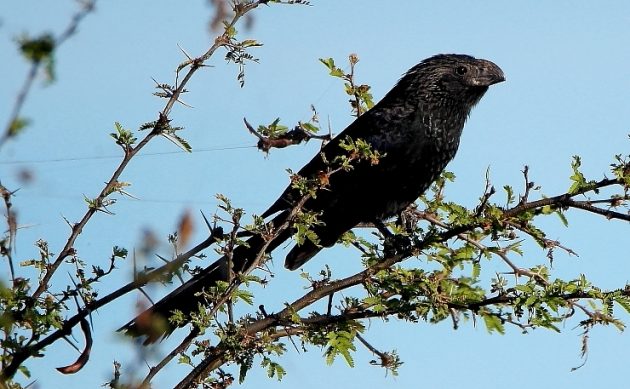
I have seen 14 different species of hummingbirds within the municipality of Morelia. Most require a specific habitat. But anywhere you go, you are likely to find the Broad-billed and Berylline Hummingbirds. Go a into drier areas, both within the city and to its north, and you will be sure to find Violet-crowned Hummingbirds as well.
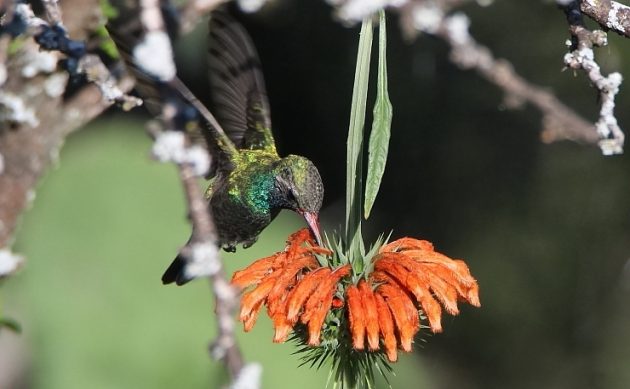
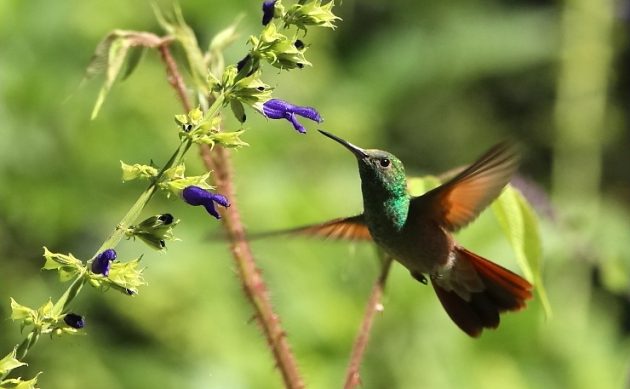
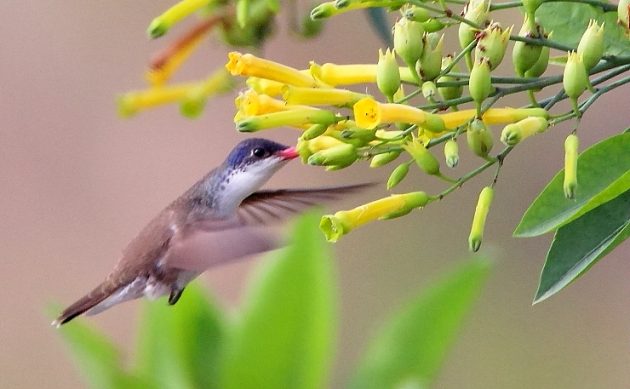
My rule for hawk sightings is that every hawk here is a Red-tailed Hawk, unless I can prove otherwise. And most times, even when I try to prove otherwise, they end up being Red-taileds. In my defense, the species does offer a dizzying array of disguises, many of which can be confused with the many other raptors to be found here.
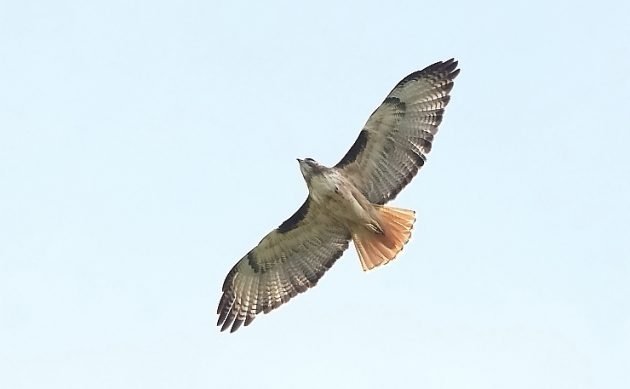
This Red-tailed Hawk happens to be disguised as a Red-tailed Hawk.
Meanwhile, if you get outside of the city center and don’t see at least one Turkey Vulture or Black Vulture, well, you’re just not trying. Or, you may see dozens.
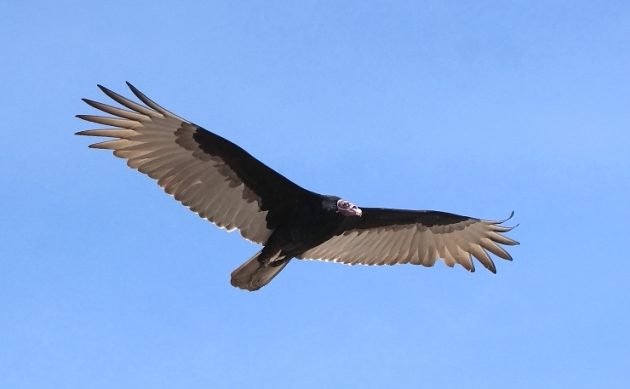
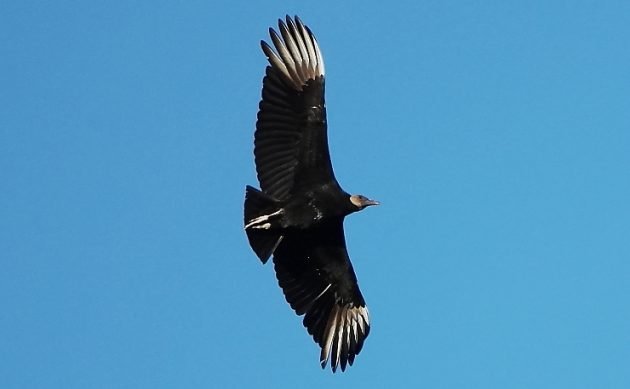
I’ve heard that vultures are a bit of a rarity in some places up north. Can somebody please confirm this for me?
Golden-fronted Woodpeckers are exceedingly common here, both in the city and in the countryside. The characteristic calls of the Ladder-backed Woodpecker can be heard anywhere that there aren’t too many people.
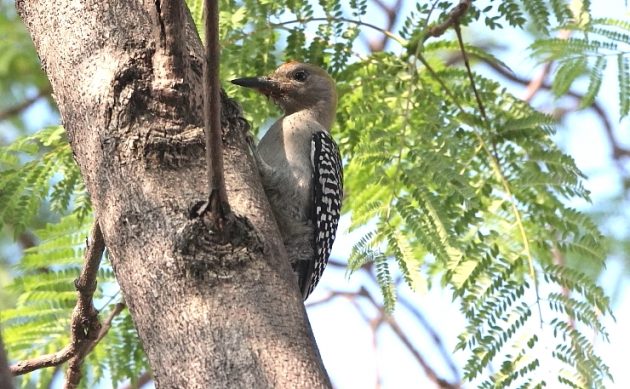
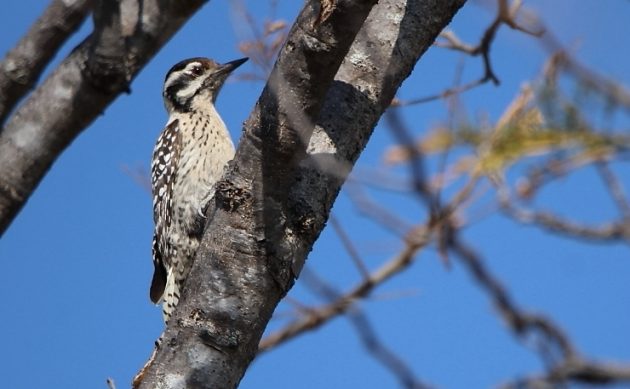
The Greater Pewee and Cassin’s Kingbird are among our easiest Tyrant Flycatchers to find, because of their loud calls: José Mar-EEE-a and Chi-queer!. But the Vermilion Flycatcher, with its rather quiet voice, but oh-so-vibrant colors, wins the prize for sheer omnipresence. You will definitely see it, everywhere except in dense woods. And isn’t that just grand?
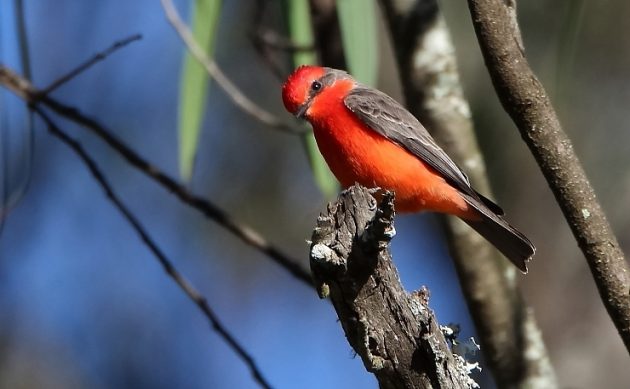
If you must be found everywhere, it’s great that you can look like this.
The next three birds on my list are all common in brushy or wooded areas around the city, but also find their way into suburban neighborhoods. And each can more easily be heard before it is seen. If its song ends in a trill, it’s likely to be a Bewick’s Wren. If it makes a long, lilting, liquid, descending call, suspect the Canyon Wren. But if it tells you repeatedly to “Whip it!”, you are dealing with a Curve-billed Thrasher.
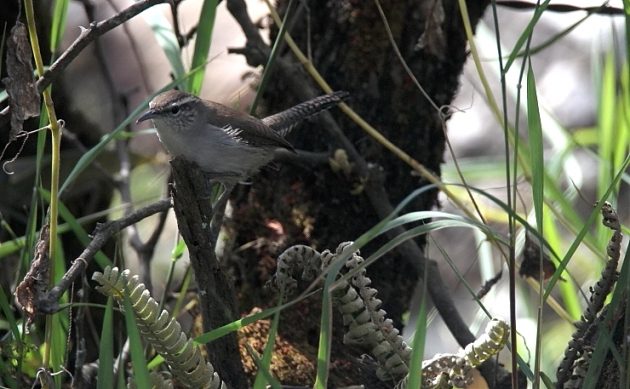
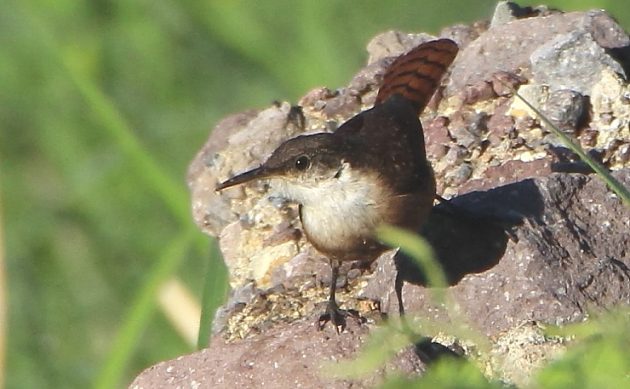
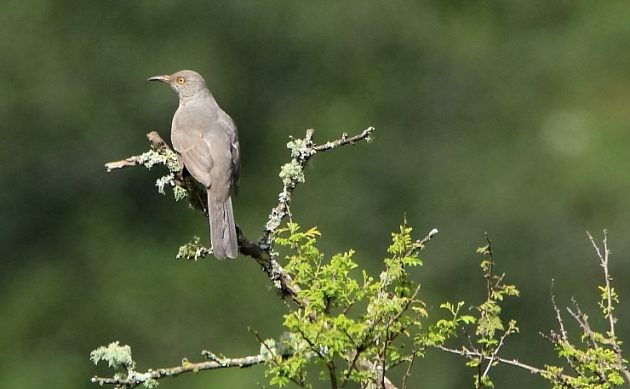
Head into the wooded areas surrounding Morelia and you are guaranteed to hear Blue Mockingbirds, Brown-backed Solitaires, and Orange-billed Nightingale-Thrushes. The good news is that these are extremely vocal birds, so you will know when they are around — which they will be. The bad news is that they are all skulkers, so you may have trouble seeing them.
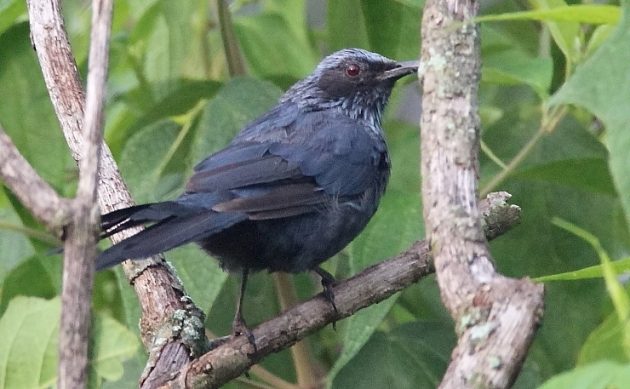
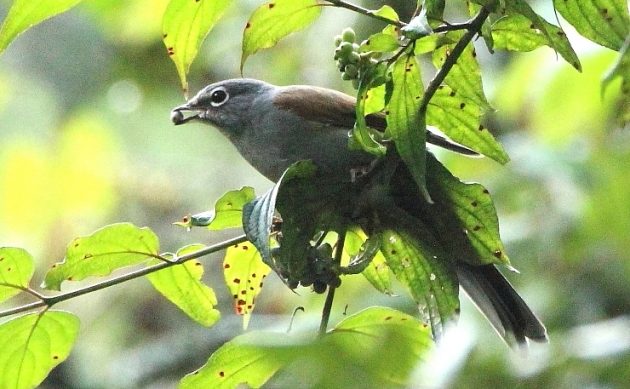
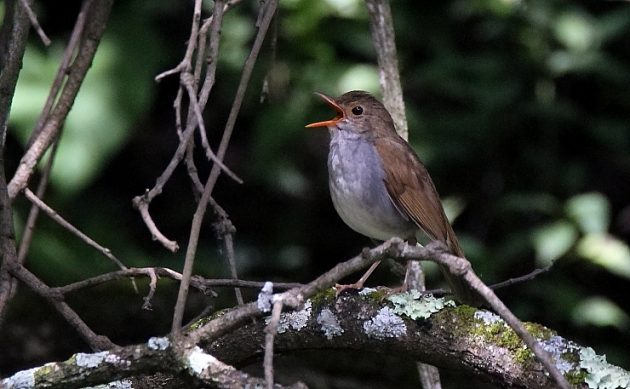
Birders from the eastern U.S. may think of the House Finch as an invasive species. But it is so much a native down here that its Latin name is Haemorhous mexicanus. These can be seen in city neighborhoods, brushy fields, and wherever small fruits are available.
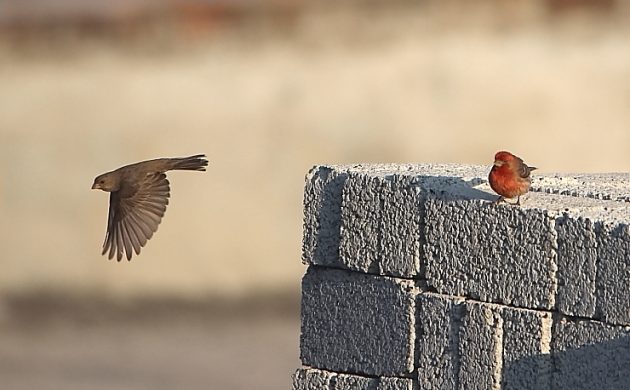
My final choices for “the usual suspects” are all seed lovers. Look on the ground for the Canyon Towhee; wherever ripe seed heads can be found for Lesser Goldfinches and Cinnamon-rumped Seedeaters (both are lovely little birds and beautiful singers), and low-to-high for the beautiful Blue Grosbeak.
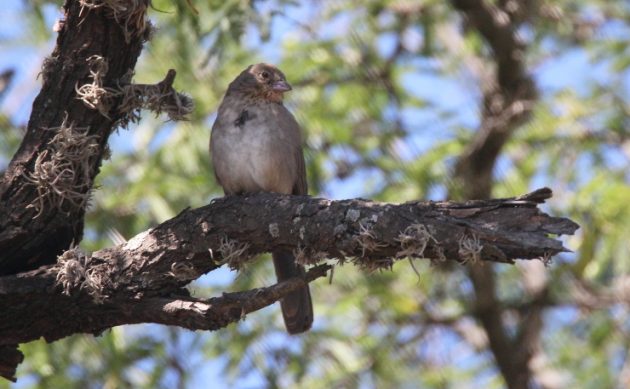
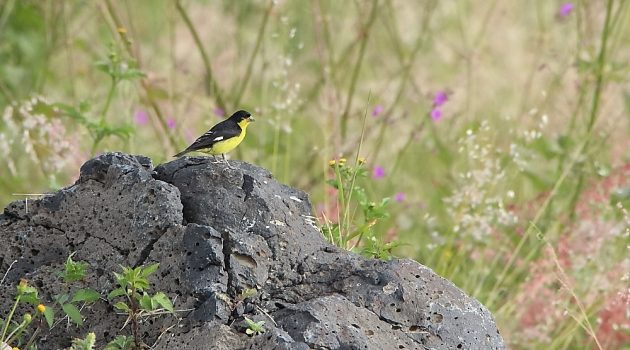
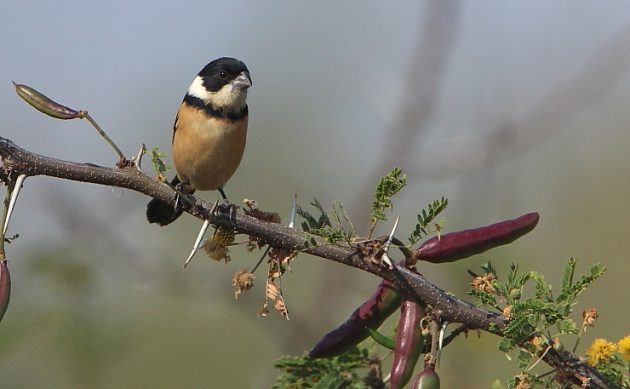
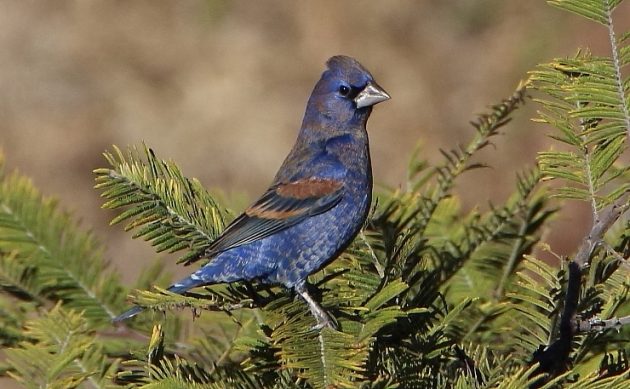
As I commented above, these are dime-a-dozen birds down here. If they aren’t that for you, perhaps you would like to come down and meet them.











Great post, Paul! So many interesting common birds. I am sure this was not your intention, but once traveling from China is possible again, I will surely try to get you to show me some of these birds.
¡Venga! (That’s kommen sie in Spanish.)